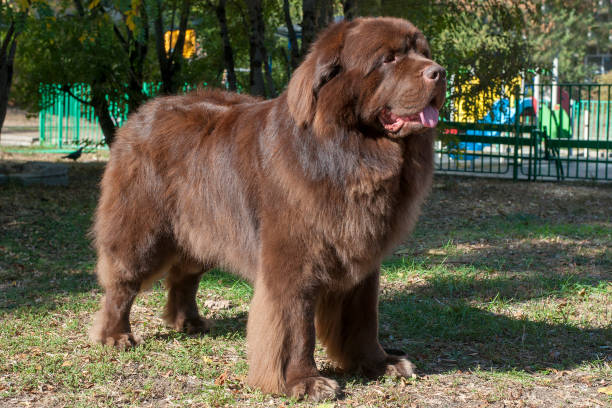Hypo what I hear you ask? Don’t worry, many pet owners have never heard of this either.
It is, put simply, one small gland called the thyroid which many of us will have heard of in humans. But the reason we want to chat about this is, because it can cause so much trouble in our pets.
But something can be done about it!

The thyroid in a dog is found at the base of the neck and is responsible for producing – you got it – the thyroid hormone. This month’s blog will focus on dogs and their thyroid – which tends to be underactive. Cats tend to develop an overactive thyroid, hence why we’d like to separate dogs and cats, to avoid confusion (and too much reading!).
Look out for next month’s entry for those keen to read about the thyroid issues your kitty could face (and what to look out for!).
We call an underactive thyroid ‘hypothyroidism’, and it’s usually caused by the destruction of the thyroid gland – often by the patient’s own immune system. It is important to note that genetics can play a role in the cause, as it’s more common in certain breeds including: Afghan, Airdale, Beagle, Boxer, Chow Chow, Cocker Spaniel, Dachshund, Doberman, English Bulldog, Golden Retriever, Great Dane, Irish Setter, Irish Wolfhound, Malamute, Miniature Schnauzer, Newfoundland, Pomeranian, Poodle and Shetland Sheepdog.

Signs and symptoms:
So, what do you have to look out for?
Clinical signs usually develop when a dog is middle-aged (ie. 2 to 6 years of age). Signs are quite variable and depend in part on the age of the dog. In an adult, the most consistent signs are related to activity and mental status.
The most common signs seen are those related to skin and hair coat. Some or all of the following signs may be seen:
- Lethargy, mental dullness, inactivity, weight gain, cold intolerance
- Hair loss, “rat tail”, dry brittle hair coat, hair coat that is slow to grow, scales and dandruff, hyperpigmentation (where skin changes to black colour), skin infections, ear infections.
- Reproductive abnormalities
- Seizures, weakness, difficulty keeping balance
- Eye problems
- Bradycardia (slow heart rate), cardiac problems
- Diarrhea, constipation
- Anaemia, bleeding disorders.

Diagnosis:
It is important to note that other systemic illnesses can also cause the thyroid to function poorly, so patients can present with similar symptoms of hypothyroidism. Working out if it is genuinely low or if the patient has other underlying illnesses can take a little time and patience. But that is what we are here for. In order to establish a diagnosis a fasting blood test is required, and we generally recommend a full blood profile at the same time to assess general health and monitor for changes that are secondary to hypothyroidism. These blood tests are simple to take and can be achieved during a consultation.
What sort of treatment to expect?
When we treat hypothyroidism we supplement the thyroid gland with a synthetic hormone, given twice daily. The initial dose and frequency of giving tablets is merely a starting point as there is great variability in response to the treatment in individual dogs, the dosage and frequency may require alterations before a complete clinical response is observed. Once a dose is decided on and the patient stable, blood tests are repeated every 6-12 months as dose requirements can change over time.
If you have any concerns that your pet may have a thyroid issue please book in for a consultation either online or by calling our awesome reception team on 9369-1822

